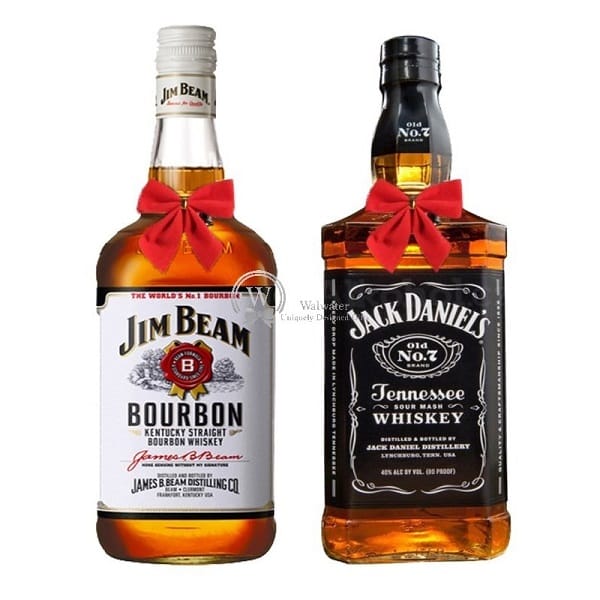The age-old debate between Kentucky and Tennessee bourbon has tantalized the taste buds of whiskey aficionados for generations. Both spirits have captured the imaginations of connoisseurs worldwide, each boasting a unique flavor profile and a rich heritage.
This exploratory piece will unravel the nuances that set these two revered spirits apart. From their ingredients and production methods to the unmistakable taste that defines each, we will delve deep into the heart of Kentucky and Tennessee to discern the secrets behind their celebrated bourbons.
The Basics of Bourbon
Before we differentiate between Kentucky and Tennessee, it’s essential to understand what constitutes bourbon itself. That is, America’s native spirit is a type of whiskey that must meet specific criteria to earn the distinguished title.
It is primarily made from a grain mixture of at least 51% corn, aged in charred new oak barrels, distilled to no more than 160 proof, and entered into the barrel for aging at 125 proof. Additionally, the spirit must be produced in the United States to be classified as bourbon.
Source: https://www.oceanproperty.co.th/
Kentucky Bourbon: A Tradition Steeped in History
Kentucky’s bond with bourbon is deeply ingrained in its history and cultural identity. The Bluegrass State is renowned for producing some of the finest bourbons in the world. Kentucky provides the perfect environment for this drink production with its fertile soils, limestone-filtered water, and favorable climate.
The state prides itself on its bourbon heritage and has become synonymous with the spirit, boasting a multitude of distilleries that have honed their craft over generations.
Tennessee Bourbon: The Art of Charcoal Filtering
It is often called Tennessee whiskey and bears the distinctions that set it apart from its Kentucky counterpart. The state of Tennessee holds an esteemed position in the world of whiskey, mainly due to its unique charcoal filtering process known as the Lincoln County Process.
This extra step involves filtering the whiskey through charcoal before aging, imparting a mellower and smoother flavor to the spirit. The process has become synonymous with Tennessee whiskey, adding an extra layer of complexity to its character.
Ingredients: The Corn Dominance and the Influence of Grains
While both styles abide by the same federal regulations that govern bourbon production, there can be differences in the ingredients used. Kentucky often emphasizes corn in its mash bill, contributing to its sweet and rich flavor profile.
Conversely, Tennessee may incorporate a higher percentage of other grains, such as rye, imparting a spicier and more robust taste. These variations in grain influence play a significant role in shaping the distinct flavors of the two spirits.
The Aging Process: Barrel and Climate Dynamics
The aging process is paramount in defining the flavor and character of bourbon, and it is during this phase that the differences between Kentucky and Tennessee start to emerge. Kentucky bourbon often ages in warehouses where the climate experiences more significant temperature fluctuations, resulting in more intense interactions between the spirit and the charred oak barrels.
In contrast, the type of Tennessee finds its home in cooler and more consistent climates, which can yield a smoother and more subtly flavored whiskey.
Conclusion
Through our exploration of Kentucky and Tennessee, we have uncovered the intricacies that set these two beloved spirits apart. From the unique geographical and climatic influences to the production methods and the artistry of the aging process, each state has carved out its legacy in the bourbon world.
While Kentucky bourbon boasts a rich and robust flavor with a historical tradition deeply rooted in the state’s culture, Tennessee shines with its mellower notes and the hallmark of the Lincoln County Process. Both spirits stand as testaments to the art and craft of bourbon-making in America, captivating the palates and imaginations of enthusiasts worldwide.

At Bloomer’s, we take game day to a whole new level with our unbeatable combination of mouthwatering food, refreshing drinks, and top-notch customer service. Whether you’re craving classic bar fare or something a bit more unique, our menu has something for everyone. And let’s not forget about our wide selection of beverages to keep you cheering throughout the game.
Can’t wait to see you here!
Cheers, Cory

